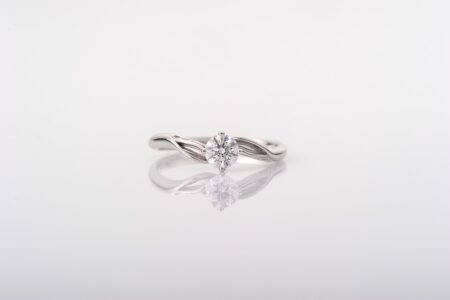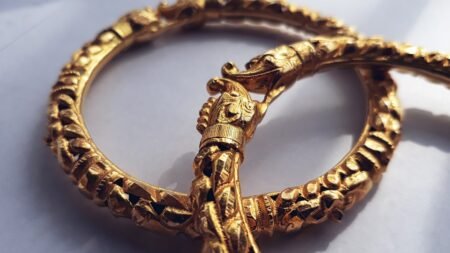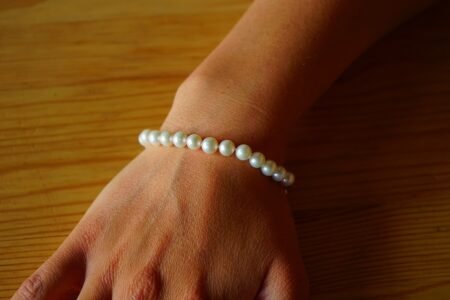
The Science Behind Necklace Design: How Materials and Shapes Impact Perception
The necklace has long been a staple in fashion, adorning the necks of individuals across different cultures and time periods. From simple chains to intricate designs, necklaces come in various shapes and materials. But have you ever wondered how these choices impact the perception of the necklace? In this article, we will delve into the science behind necklace design and explore how materials and shapes can influence our perception of this timeless accessory.
Materials: The Key to Visual Appeal
When it comes to necklace design, the choice of materials plays a crucial role in determining its visual appeal. Different materials have unique properties that can evoke specific emotions and perceptions. For example, a necklace made of gold or silver exudes a sense of luxury and elegance. These precious metals have a natural shine that catches the eye and adds a touch of glamour to any outfit.
On the other hand, necklaces crafted from materials like wood or leather convey a more rustic and earthy aesthetic. These natural materials have a textured and organic feel, creating a sense of warmth and authenticity. Such necklaces often appeal to individuals seeking a more casual or bohemian look.
Shapes: The Language of Design
The shape of a necklace can also greatly impact the way it is perceived. Different shapes can evoke different emotions and convey distinct messages. For instance, a necklace with a symmetrical design, such as a circle or a square pendant, suggests balance, harmony, and stability. These shapes are often associated with a sense of completeness and unity.
On the other hand, necklaces with asymmetrical or geometric designs can convey a more avant-garde or edgy aesthetic. The irregularity in shape can create a sense of dynamism and movement, making the necklace stand out and appear more contemporary.
Additionally, the length of a necklace can also influence its perception. A choker necklace, worn close to the neck, can create a sense of intimacy and elegance. It draws attention to the collarbone and can accentuate the wearer’s facial features. On the other hand, a longer necklace, such as a rope or lariat style, can create a more relaxed and playful look. It adds a sense of length and can be layered with other necklaces for a trendy and personalized style.
Combining Materials and Shapes for Impactful Designs
When designing a necklace, combining different materials and shapes can create visually striking and memorable pieces. For example, a necklace with a geometric pendant made of gold and encrusted with gemstones can create a luxurious and sophisticated look. The combination of the angular shape and the shimmering stones adds depth and dimension to the design.
Similarly, a necklace made of leather with a circular pendant can create a juxtaposition of textures and materials. The softness of the leather against the smoothness of the metal can create a visually interesting contrast, making the necklace a statement piece.
Overall, the science behind necklace design showcases the power of materials and shapes in influencing our perception of this accessory. By carefully selecting materials and playing with different shapes, designers can create necklaces that evoke specific emotions, convey unique messages, and enhance the overall aesthetic appeal.
So, the next time you wear a necklace, take a moment to appreciate the thought and consideration that went into its design. Whether it’s a simple chain or a bold statement piece, remember that the materials and shapes chosen by the designer were intentional and aimed at creating a specific perception.












